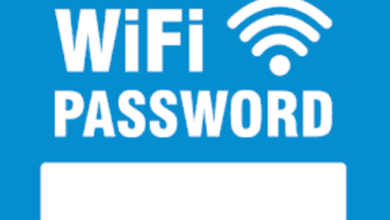Why are the Security Considerations in Cloud Architecture Design

As businesses increasingly migrate their operations to the cloud, ensuring the security of their digital infrastructure becomes a paramount concern.
A well-designed cloud architecture not only offers scalability and flexibility but also demands robust security measures to protect sensitive data.
Security considerations to keep in mind when designing your cloud architecture.
1. Data Encryption
One of the fundamental aspects of securing your cloud infrastructure is data encryption.
By encrypting data at rest and in transit, you can significantly reduce the risk of unauthorized access.
Utilize encryption protocols and algorithms to protect sensitive information from potential breaches.
2. Access Controls
Implementing strict access controls is crucial to maintaining a secure cloud environment.
Establish role-based access control (RBAC) mechanisms, ensuring that only authorized personnel have access to specific resources.
Implement multi-factor authentication (MFA) to add an extra layer of security and mitigate the risk of compromised credentials.
3. Network Security
Protecting your cloud network is essential to safeguarding your infrastructure.
Utilize firewalls and network segmentation to isolate critical components and minimize the potential for lateral movement in case of a breach.
Regularly monitor network traffic, detect anomalies, and promptly respond to any potential security threats.
4. Security Monitoring and Incident Response
Proactive security monitoring and incident response are vital for maintaining the integrity of your cloud architecture.
Implement robust monitoring tools that provide real-time alerts for suspicious activities.
Establish an incident response plan to effectively handle security incidents, minimize damage, and ensure business continuity.
FAQs
What is the shared responsibility model in cloud security?
The shared responsibility model in cloud security refers to the division of security responsibilities between the cloud service provider and the customer. While the provider ensures the security of the underlying infrastructure, customers are responsible for securing their data and applications deployed on the cloud.
How can I ensure the security of data in transit?
To ensure the security of data in transit, use secure communication protocols such as SSL/TLS for data encryption. Additionally, consider utilizing a virtual private network (VPN) for secure remote access to your cloud resources.
What measures can I take to protect against DDoS attacks in the cloud?
To protect against Distributed Denial of Service (DDoS) attacks, leverage the DDoS protection services offered by your cloud service provider. These services typically include traffic filtering, rate limiting, and other mechanisms to detect and mitigate DDoS attacks.
How can I ensure compliance with industry regulations in the cloud?
To ensure compliance with industry regulations, choose a cloud service provider that offers compliance certifications relevant to your industry. Implement robust access controls, encryption measures, and monitoring systems to maintain compliance with data protection regulations.
Also Read: Comparison of Major Cloud Architecture Providers: AWS, Azure, Google Cloud





